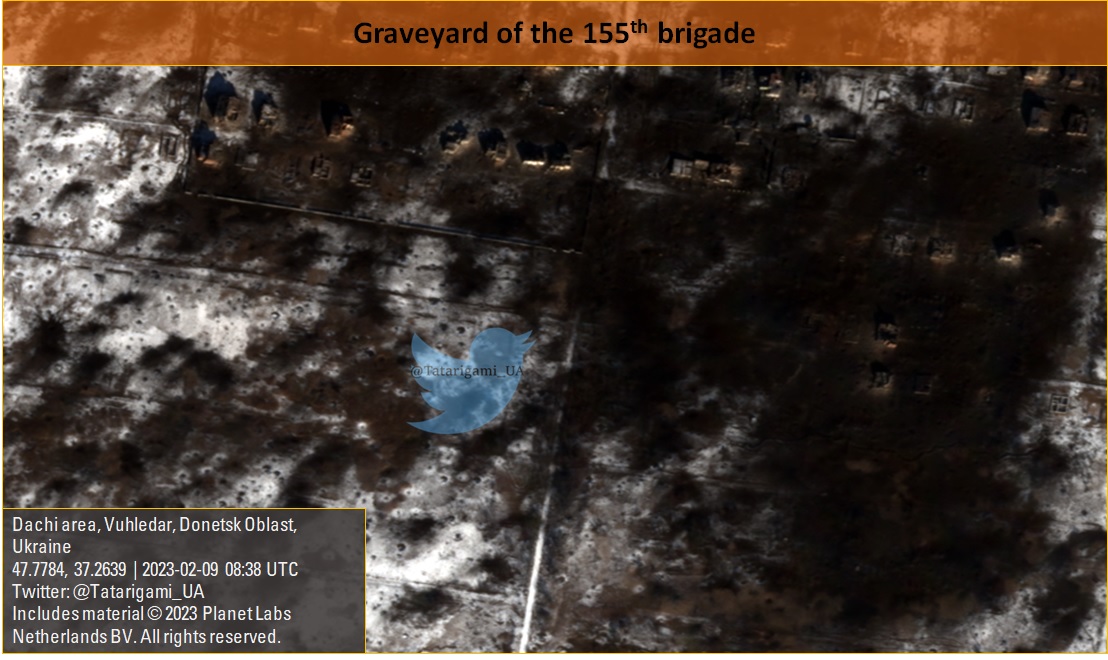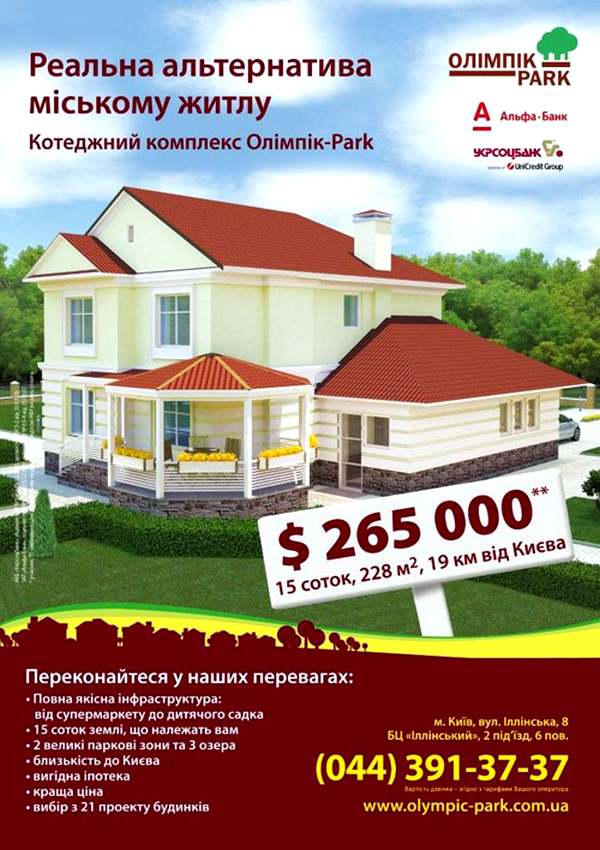🧵Vuhledar🇺🇦 update:
1/9 This thread includes additional details about the battle of Vuhledar and satellite imagery that helps to understand and visualize the situation better. I had to break this into several parts, so I can publish more imagery of russian losses later. Part 1
1/9 This thread includes additional details about the battle of Vuhledar and satellite imagery that helps to understand and visualize the situation better. I had to break this into several parts, so I can publish more imagery of russian losses later. Part 1

2/9 For the past two weeks, the enemy attempted to advance in multiple directions simultaneously, hoping to outflank defenders. The occupiers tried to advance from Pavlivka and Mykil's'ke, as well as west and east of them, assaulting with the forces of the 155th and 40th brigades 

3/9 Battalions from the 36th and 72nd (russian motor rifle) brigades tried to advance alongside the 155th and 40th brigades but also failed. Special forces partially lost control when the commander of the 14th Spetsnaz Brigade, colonel Sergey Polyakov was killed. 

4/9 What makes the destruction of the 155th, and 40th brigades especially important? This is not commonly discussed, but on the battlefield, only a small percentage of people participate in the actual assault. Even many combat roles like artillery do not face their enemy directly 

5/9 Not that many people are fit to be in the forward vanguard assault groups that face an enemy first. It takes a lot of experience, courage, or stimulants to attack and act effectively when you know that your chances to be killed or wounded in the assault are almost 90%. 

6/9 The backbone of the 155th and 40th brigades consisted of sergeants and officers who were ready to execute any order - whether it was a risky frontal assault or execution of civilians in Bucha and Irpin, where the 155th brigade committed war crimes. 

7/9 After staggering casualties of the VDV forces in the battle for Kyiv, it took them a year to restore assault capabilities partially, which we can see in the Kreminna area. It will take as long for marines to restore assault capacities, especially after a catastrophic failure 

8/9 Ukraine achieved this success due to a combination of factors: good planning and selection of positions, the bravery of soldiers, intel, and smart utilization of scarce resources. But to project the Vuhledar experience on the whole war, we need much more ammo and weapons 

9/9 I am planning to publish imagery of infamous armored vehicle columns in the coming weeks, so if you don't want to miss it, make sure to follow and retweet, as Twitter algorithms might not be in favor of war-related information.
• • •
Missing some Tweet in this thread? You can try to
force a refresh














